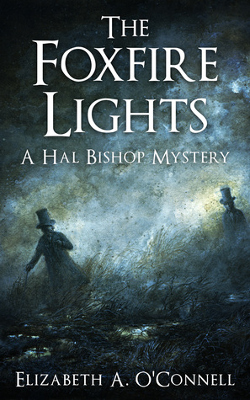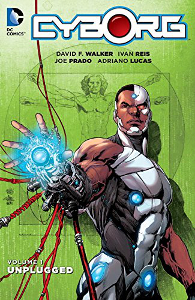 Series: Hal Bishop Mysteries, #2
Series: Hal Bishop Mysteries, #2
First Published: 26th August, 2016
Genre: Historical Fantasy / Novel
Available: Amazon.com | Amazon UK
Jem and his brother Hal are called to break another curse. Lord Ransom’s youngest child is sick under strange circumstances.
The setup for this book is very similar to the first in the series. A child is cursed due to events in the family’s past. Jem and Hal have to uncover those events to understand the curse. It’s based on making deals with spirits, which is resolved in a similar way. It also repeats a fair bit of character development, as Hal goes back to not wanting to share his thoughts with Jem. This means there isn’t really any progress on the overall series story of figuring out what happened to Jem and Hal’s father.
There are some areas of improvement. In the first book, only magical disabilities were shown. In this, there is some sickness due to magic, but there’s also a disabled supporting character. Matthew, one of the sons of Lord Ransom, was born with a back injury and is non-neurotypical. There’s the suggestion that he doesn’t feel empathy (rather than just not showing empathy). It’s made very clear this isn’t magical, and a positive future is suggested for him.
Isabella, Lord Ransom’s wife, is from Argentina. She’s not particularly fleshed out as a character. I’d have liked more of her story, even if it wasn’t directly related to the local events.
A character is blinded in one eye towards the end, though it’s late enough that there’s not a lot to say about it in this book.
It isn’t a bad book and will appeal to people who enjoyed the first book. A lot of the things that stood out in the first are apparent here. The world is one where industrial magic is common. The curse breaking provides opportunities for interesting investigations. There’s folklore woven into the narrative. It just feels like it repeats too much from the first book, rather than building on that foundation.
[A copy of this book was received from the author for review purposes]
 Series: Root Code, #3
Series: Root Code, #3 Series:
Series:  First Published: 29th March, 2016
First Published: 29th March, 2016 Series: Wildwitch, #1
Series: Wildwitch, #1